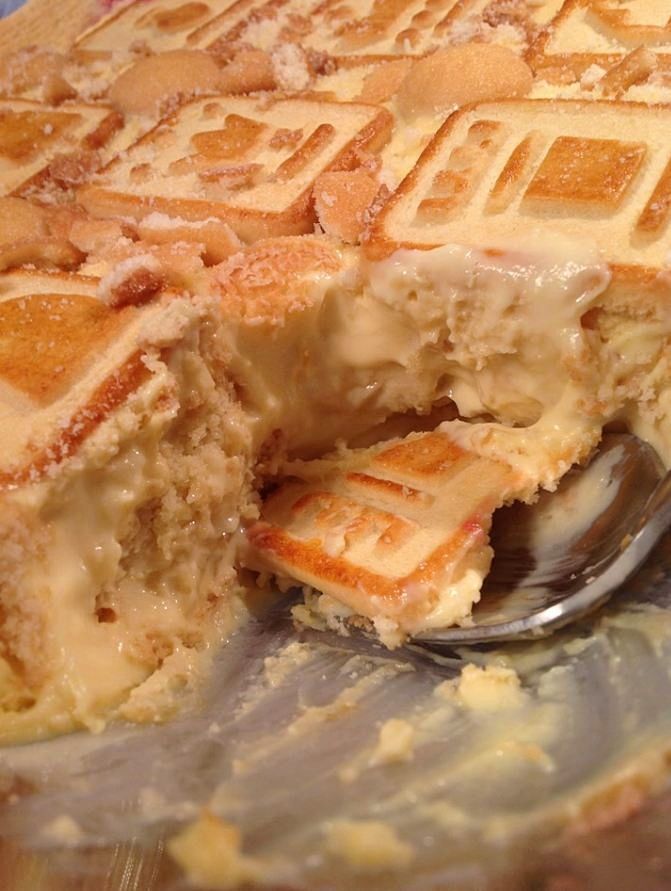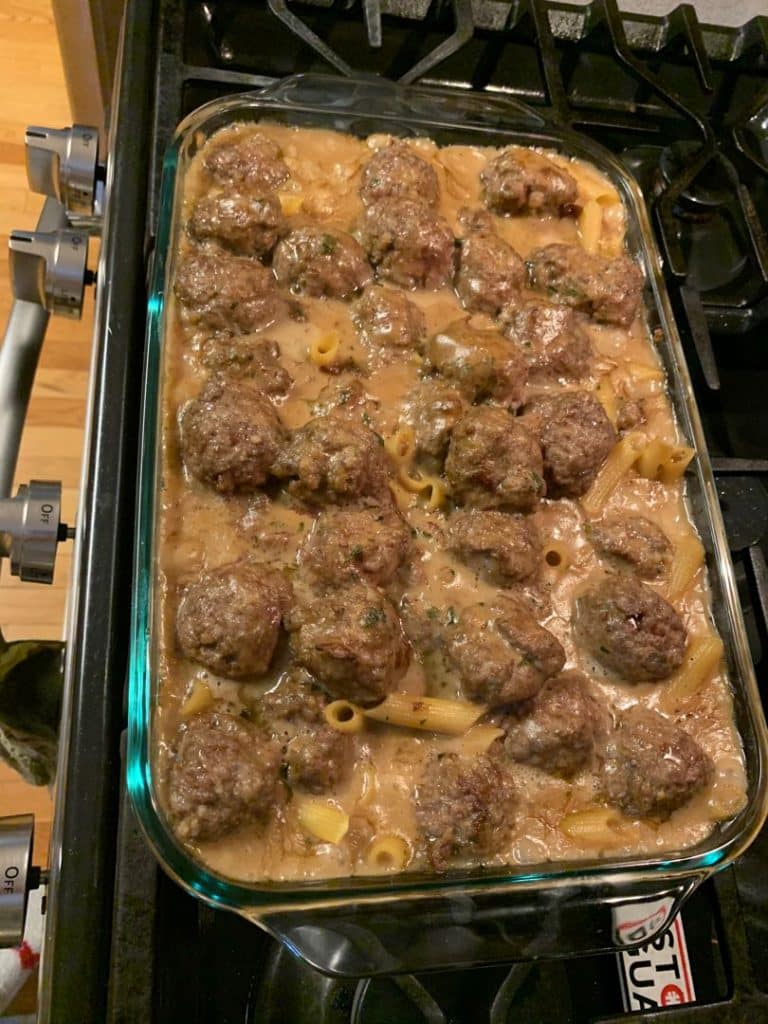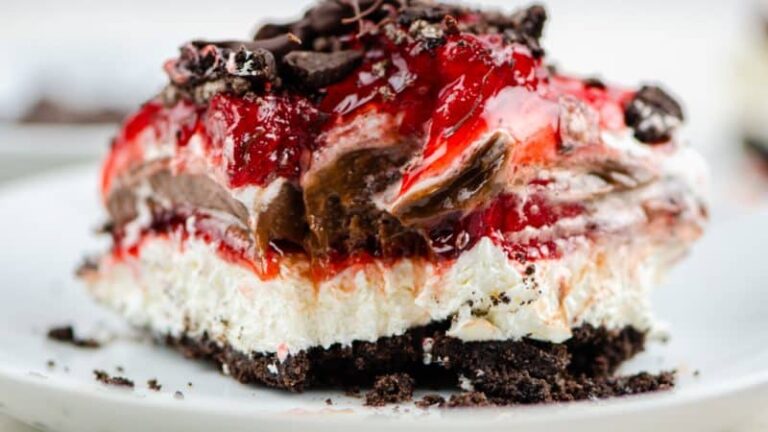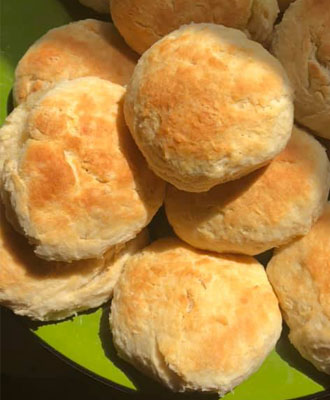Greek Baklava

My First Taste of Greek Baklava: A Sweet Bite of Nostalgia
Growing up, the holidays in my family were filled with laughter, music, and the irresistible aroma of homemade Greek Baklava drifting from the kitchen. The memory is as vivid as ever—golden, flaky layers of phyllo dough, the buttery crunch of walnuts and pistachios, and that heavenly, sticky honey syrup seeping into every corner. If you’ve ever wondered about making Greek Baklava at home, you’re in for a treat (literally!). This classic Greek dessert is easier than you might think, and every bite transports me—and I hope you, too—straight to those joyful celebrations.
Why You’ll Adore This Greek Baklava
Let me tell you—I keep coming back to this Greek Baklava recipe for so many reasons:
- It’s a celebration in every bite. The blend of crispy phyllo and rich, fragrant syrup is pure magic. You’ll feel transported to a sun-soaked Greek bakery with each forkful.
- Shockingly simple to make. Even if you’ve never worked with phyllo dough before, this step-by-step guide makes the process so much less intimidating.
- Crowd-pleaser status achieved. Bring Greek Baklava to any gathering or potluck, and you’ll be everyone’s favorite.
- Perfect balance of textures and flavors. The mix of crunchy walnuts and pistachios, buttery layers, and sweet honey-citrus syrup—honestly, it’s unforgettable.
Ingredients You’ll Need for Greek Baklava
- Phyllo dough (find it in your grocer’s frozen section; just remember to thaw it overnight in the fridge for easy handling)
- Walnuts (I go for fresh, unsalted ones—toast them for extra flavor)
- Pistachios (those bright green gems really make this dessert pop visually and flavor-wise)
- Butter (don’t skimp here; real, unsalted butter makes all the difference)
- Sugar (for the syrup and a touch in the nut filling)
- Honey (Greek honey if you can find it, otherwise any fragrant variety works)
- Cinnamon (adds such a warm, cozy undertone)
- Water
- Lemon juice (fresh is best for that subtle citrus zing)
Tip: Always use good-quality fresh nuts. Stale or rancid nuts are a no-go for great baklava!
Step-by-Step Guide: Making the Perfect Greek Baklava
- Preheat the Oven: Set your oven to 350°F (175°C). (Give yourself a little head start—phyllo comes together quickly!)
- Chop the Nuts: In a food processor, finely chop walnuts and pistachios. I pulse mine just a few times for a mix of texture—some fine, some chunky.
- Layer the Phyllo: Grease your baking dish well. Place one sheet of phyllo, brush with melted butter, repeat for several sheets (I do 5-6 for the base).
- Build Flavors: Sprinkle a layer of the chopped nuts mixed with a bit of cinnamon and sugar. Repeat layers: phyllo + butter, then nuts, until you run out (save a few sheets for a final buttery topping).
- Next, Shape: Using a sharp knife, cut the unbaked baklava into those pretty diamond shapes. (Don’t skip this step—once baked, it’s too flaky to cut neatly!)
- Bake Time: Into the oven it goes for 45-50 minutes, until deep golden brown and toasty-smelling.
- Make the Syrup: While baklava bakes, simmer sugar, water, honey, cinnamon, and lemon juice for about 10 minutes. Let the aroma fill your kitchen—it’s intoxicating!
- Syrup Moment: As soon as baklava comes out of the oven, slowly pour the hot syrup over the entire pan. It’ll sizzle and soak right in.
- Chill Out: Let it cool to room temp before serving so the syrup sets and each piece holds together.
And that’s it! The hardest part is waiting for it to cool down before digging in.
My Secret Tips and Tricks for Baklava Success
After lots of Greek Baklava adventures through the years, here’s what I’ve learned:
- Keep phyllo covered: It dries out super fast! Drape it in a damp (not wet) towel while you work for easy handling.
- Buttery love: Don’t skimp on butter, but don’t drench either. Too much can make baklava soggy; just enough gives every layer that perfect golden crisp.
- Even slices: Use a really sharp, non-serrated knife when cutting before baking. This will help you get those classic diamond shapes (and avoid the frustration of crumbling).
- Flavor twist: Add a few crushed cardamom pods or a splash of orange blossom water to the syrup for a fun flavor boost (another great Mediterranean dessert trick!).
- Rest time: Letting the baklava rest overnight helps all those flavors meld and the syrup soak all the way through. It tastes even better the next day!
Creative Variations and Ingredient Swaps
I love how flexible this homemade Greek Baklava recipe is! Try these easy tweaks:
- Nut swaps: Use hazelnuts, almonds, or pecans if you’re out of walnuts or pistachios. (This is also great for folks with allergies.)
- Vegan baklava: Use plant-based butter and maple syrup instead of honey—delicious and dairy-free!
- Spice it up: A pinch of ground clove or nutmeg in the nut filling adds a cozy, wintry twist.
- Citrus zing: Brush a bit of orange or lemon zest between the phyllo layers for extra brightness.
- Chocolate moment: Drizzle cooled pieces with a little melted dark chocolate for a decadent treat.
How to Serve and Store Your Greek Baklava
When you finally dig into your Greek Baklava, serve it at room temperature (that’s when the syrup and phyllo are in perfect harmony).
- Serving tip: A little dollop of whipped cream or vanilla ice cream is heavenly.
- Storing leftovers: Cover your baklava tightly with foil or keep in an airtight container at room temp for up to a week. No need to refrigerate—it can make the phyllo less crispy.
- Freezing: Greek Baklava freezes beautifully! Just wrap tightly and store for up to 3 months. Thaw at room temp for best results.
FAQs: Your Top Questions About Greek Baklava Answered
Q: Can I make Greek Baklava ahead of time?
Absolutely! Greek Baklava actually betters overnight as the syrup soaks in (it’s perfect for prepping in advance).
Q: Why is my baklava soggy?
Usually, soggy baklava means too much syrup or not baking long enough. Make sure to pour hot syrup over hot baklava right out of the oven and follow the bake time for that perfect crispiness.
Q: Can I use different nuts or only walnuts and pistachios for baklava?
You can definitely mix it up—almonds, hazelnuts or even pecans work great (customizing your Greek Baklava is half the fun!).
Q: Is Greek Baklava gluten-free?
Traditional phyllo dough is made with wheat and isn’t gluten-free. If you need a gluten-free baklava option, look for gluten-free phyllo or try a nut crust as an alternative.
Q: Can I halve or double the recipe?
For sure! Just use a smaller or larger baking dish and keep an eye on bake time.
If you decide to try this Greek Baklava recipe, I genuinely hope it brings a little bit of the magic and warmth I remember from my family gatherings to your own kitchen. Share your stories, ask questions, or let me know how your batch turns out! Happy baking—καλή όρεξη!





